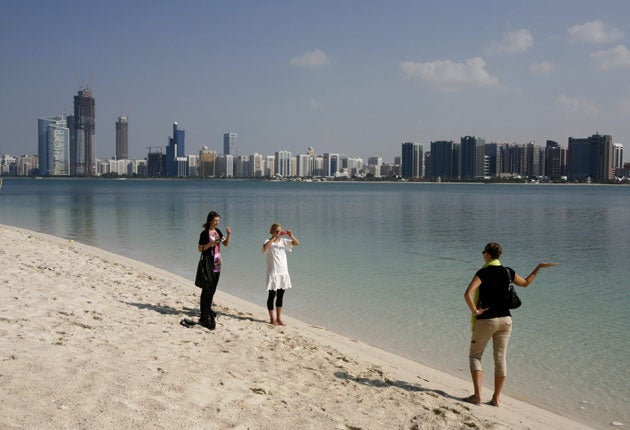
What are the main ways man influences weather?
Asked by: Paul Ruth, County Durham
Answered by: Jim Dale, senior risk meteorologist, British Weather Services
Burning fossil fuels and adding CO2 and other gases to the atmosphere raises temperature and has an unplanned effect on the weather. For the past 60 years, however, man has attempted actively to control localised weather, predominantly through a process known as cloud seeding. The US was the first country to experiment and today China and Russia carry out cloud seeding on a regular basis.
Some degree of success has been claimed in both dispersing showers and creating precipitation in specific areas. In theory, a seeding programme can make rain fall in areas where it is wanted and also in areas where it is not. For example, during the Beijing Olympic Games, the Chinese government claimed it was able to seed clouds and speed precipitation in weather systems heading towards the capital city. By the time the clouds reached Beijing, the rain had stopped and the Games were kept dry.
How does seeding work?
As in the case of the Chinese programme, rockets and modified military shells containing minute silver iodide particles are fired into clouds. Aircraft have also been used. Every raindrop or snowflake needs a nucleus to form around and these particles, when released in rain-bearing clouds, mimic the natural ice nuclei found in clouds and serve as surfaces for condensation to occur, where gas turns into a liquid. In a gyroscopic process, the substances used attract and hold water from the surrounding environment. If the condensation creates large enough water droplets, rain will fall. Dry ice has also been used. In supercooled clouds the process augments snowfall, and in warmer clouds experiments have been undertaken using salt as the seeding material.
How advanced are we and what is the potential?
At present, we are tinkering at the margins of what can be done with weather modification. However, there are many research projects investigating weather modification, and advances in technology are allowing scientists to observe the processes within seeded clouds with increasing accuracy. The implications of the process are huge both in terms of benefits and detriments. Essentially, controlling the weather could give an economy a huge advantage in terms of agriculture and also hydroelectric-energy generation. It could be used to increase yields but could also be destructive if used against an enemy. Military applications of cloud seeding have been investigated in the past. The destructive potential is akin to creating an atomic bomb.
What about ionisers?
A recent claim that precipitation was created in the deserts of Al Ain in eastern Abu Dhabi made headlines, but ionisation antennas are not new. They were developed by a Russian scientist and have since been marketed internationally through several companies. The system in the Middle East consisted of a network of ionisers – steel frames that look like lampshades – that produce negatively charged particles and beam them into the sky. These ions act in the same way as silver iodide particles do in cloud seeding and attract positively charged water droplets.
What is the view of the scientific community?
There are many claims and much circumstantial evidence that seeding works. However, the jury is still out on the effectiveness of weather modification, whether it works, and if it does, just how effective it is. The World Meteorological Organisation, an agency of the United Nations, cautions against believing claims regarding weather modification.
Interview by Nick Harding
Join our commenting forum
Join thought-provoking conversations, follow other Independent readers and see their replies
Comments